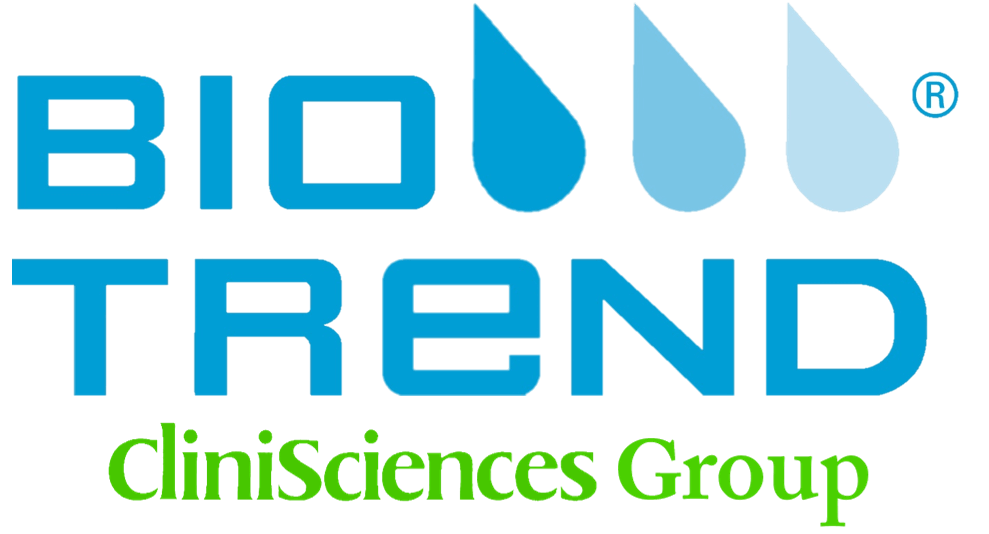Citrate Synthase BioAssay™ Kit
Katalog-Nummer 405770-1Kit
Size : 1Kit
Marke : US Biological
405770 Citrate Synthase BioAssay™ Kit discontinued
Clone Type
PolyclonalShipping Temp
Blue IceStorage Temp
4°C/-20°CCitrate synthase, also named citric acid condensing enzyme, plays a very important role in tricarboxylic acid cycle (citric acid cycle). Because the reaction it catalyzes is committed step. And tricarboxylic acid cycle is an ubiquitous metabolic pathway in aerobic organisms and the metabolic hinge and final metabolic pathway of three major nutrients-saccharides, lipid and amino acid. Tricarboxylic acid cycle, or Citric acid cycle, or Kerbs Cycle is a ubiquitous metabolic pathway in aerobic organisms. It is named because several main intermediate metabolites in this cycle are citric acid which contains three carboxyls. Or it is named after the discoverer Hans Adolf Kleiber, whose abbreviation is Kerbs Cycle. Tricarboxylic acid cycle is the final metabolic pathway of three major nutrients (saccharides, lipid and amino acid) and the metabolic hinge of saccharides, lipid and amino acid metabolism. In tricarboxylic acid cycle, reactant glucose or fatty acid will become acetylcoenzyme A. This kind of “activation acetic acid” ( A single molecule coenzyme and a acetyl are linked together.) can decompose into end product final product-carbon dioxide in cycle and dehydrogenize. Proton will be transmitted to nicotinamide adenine dinucleotide (NAD+) and flavin adenine dinucleotide (FAD) and make them into NADH+H+ and FADH2. NADH+H+ and FADH2 will be oxidize into NAD+ and FAD in respiratory chain and produce water. This adjusted “burn” can produce ATP and provide energy. The mitochondria of eucaryote and the cytoplasm of prokaryote are the places of tricarboxylic acid cycle. Tricarboxylic acid cycle is one step of respiratory action. But it takes place before respiratory chain in aerobic organisms. Anaerobic organism firstly follows the same pathway to decompose high-energy organic compounds such as glycolysis, but it makes fermentation process without oxygen instead of tricarboxylic acid cycle later. In the first step of tricarboxylic acid cycle, ethyl which catalyzes acetylcoenzyme A binds ketone of oxaloacetic acid to produce citroyl coenzyme A so that high-energy sulfuric acid bond hydrolyzes to release coenzyme and get citric acid. Citrate synthase is a kind of regulatory enzymes, whose substrates- acetylcoenzyme and oxaloacetic acid are its activator. And NADH and succinyl coenzyme are inhibitor.||Sample Type:|Serum, tissue||Intended Use:|This kit can measure citrate synthase activity of animal serum, tissue and other kinds of samples.||Test Principle:|Citrate synthase (CS) catalyzes acetyl-CoA and oxaloacetic acid to produce citryl-CoA, which can be hydrolyzed and produce citric acid. The reaction transforms colorless 5, 5’-dithio-bis-nitrobenzoic acid (DTNB) to yellow 5-mercapto-2-nitrobenzoic acid, which has an absorption peak at 412nm wavelength. The activity of CS is positively correlated with the OD values.||Kit Components (see Protocol for final kit quantities):|Reagent 1,|Buffer, 4 mLx1 vial||Reagent 2,|Substrate solution, 0.6 mLx1 vial||Reagent 3,|Chromogenic agent, 0.6 mLx1 vial||Reagent 4,|Negative control solution, 0.2 mLx1 vial||Reagent 5,|Extraction solution, 10 mLx1 vial||Reagent 6,|Washing buffer, 50 mLx1 vial||Storage and Stability:|Store powder at 4°C liquid at -20°C. Store other components at 4°C. Stable for at least 6 months For maximum recovery of product, centrifuge the original vial after thawing and prior to removing the cap.



